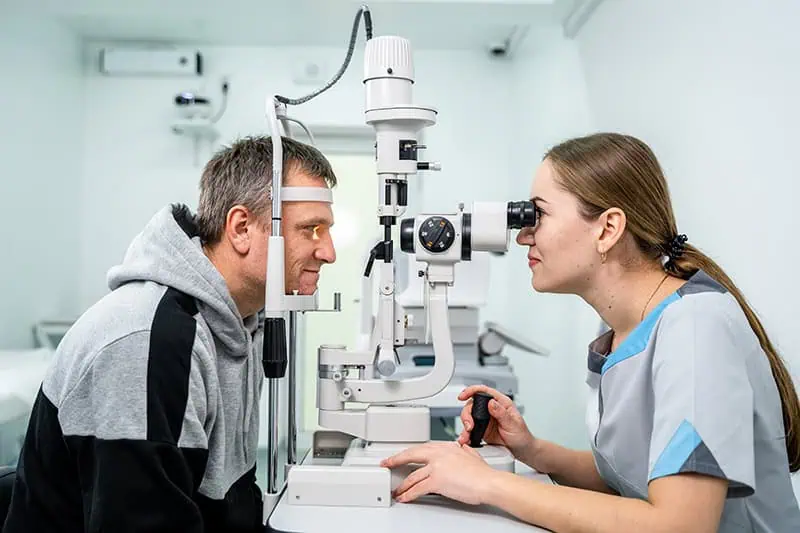
Issue 6/2024
Vasileva, V., Vassileva, P.
Specialized Eye Hospital “Acad. Pashev” – Sofia
Introduction: Orbital tumors constitute a heterogenous array of benign and malignant lesions presenting with a variety of histological types and clinical manifesations. Although these tumors are relatively rare in everyday ophthalmic practice, they can lead to irreversible vision loss so knowledge about them is imperative.
Purpose: To present in a systematic way the main effects the tumor has on the surrounding tissues – mass effect that is demonstrated by proptosis (exophthalmos) and compressive/infiltrative effect to the extraocular muscles and the optic nerve. Emphasisis placed on the optic disc edema as an indicator of compressive optic neuropathy – ophthalmological signs, differential diagnosis, specialized investigations. We can approximate the location of the tumor by considering certain constellations of symptoms-intraconal tumors are more likely to present with concentric proptosis, decreased visual acuity and ocular motility disorders, while extraconal tumors – with eccentric proptosis (dystopia), pain and incomitant diplopia. Taking into consideration the aforementioned symptom complex a diagnostic algorithm is proposed to serve as a basis in performing a thorough comprehensive examination. Clinical case: A 55 year old woman presenting with complains of impaired vision in the left eye, who had frequent change in eyeglasses prescription. She was diagnosed with Hashimoto thyroiditis 10 years ago. After performing a complete
ophthalmological examination with pupil dilation and ophthalmoscopy we observed swelling of the left optic disc. Additional tests were performed (computer perimetry, optical coherence tomography) after which the patient was reffered to a neurosurgeon. After MRI was performed, an intraconal tumor formation was diagnosed and later surgically removed. Conclusion: The orbital tumors pose numerous challenges in terms of diagnosis and management. The role of neuroimaging techniques for the definitive diagnosis as well as the follow-up of the patient is irreplaceable – every patient with suspected orbital pathology should be reffered as quickly as possible for imaging. Not every tumor requires surgical treatment. The decision whether to operate or not should be taken after careful consideration of the prognosis. Cooperation between specialists is critical for achievemend of the best possible outcome.
Key words: orbital tumors, intraconal orbital tumor, diagnostic and surgical treatment
Аddress for correspondation:
Vasileva, V.
Specialized Eye Hospital for Active
Treatment „Acad. Pashev“
51 Em. Vaskidovich, Str.
1517, Sofia
e-mail: plamenova.vasilena@gmail.com
